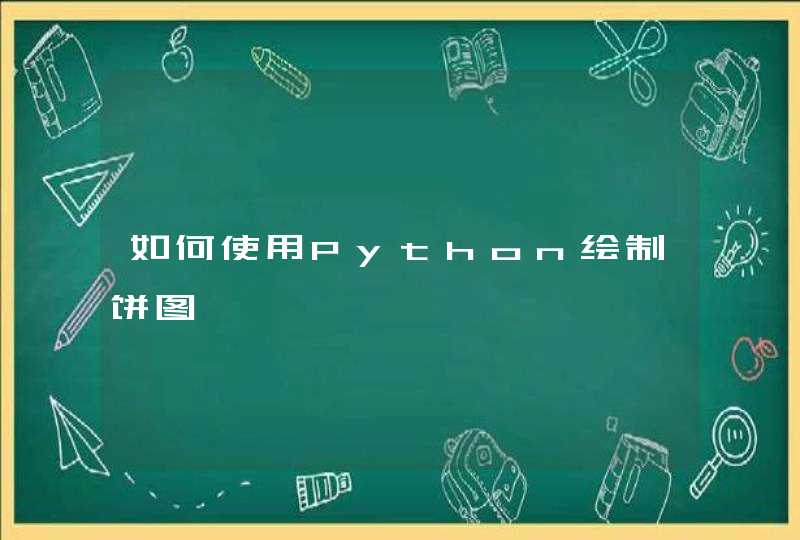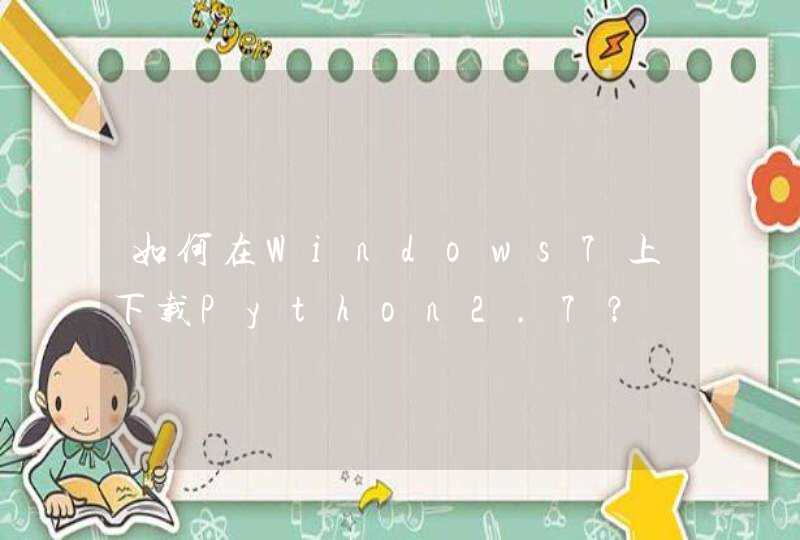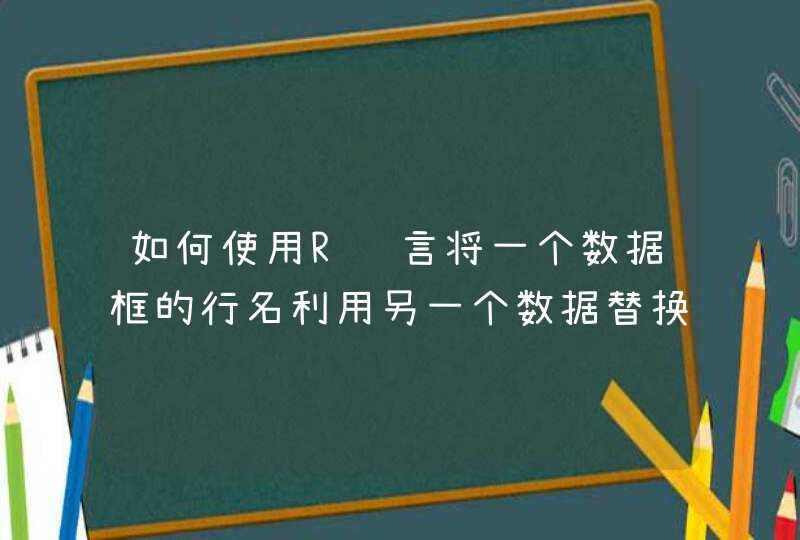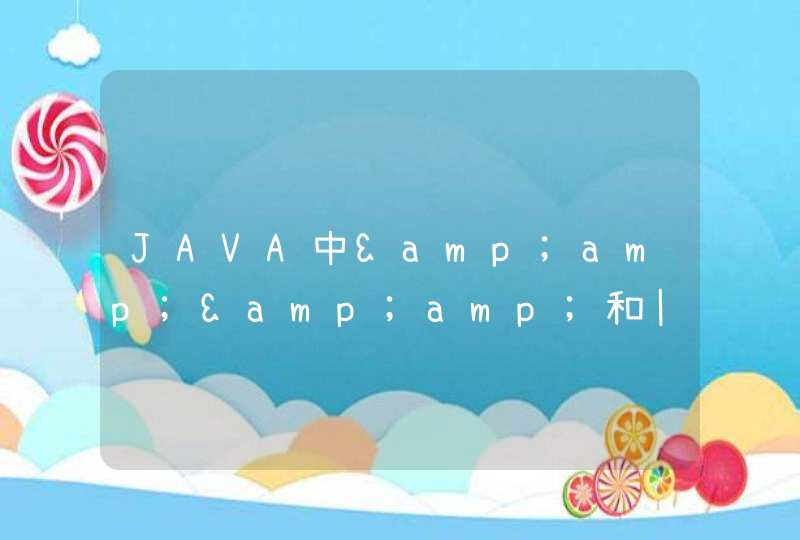
1.
MessageBox()
功能显示一个消息对话框。
语法MessageBox(text,title{,icon{,button{,default}}})
参数title:string类型,指定消息对话框的标题text:指定消息对话框中显示的消息,该参数可以是数值数据类型、字符串或boolean值icon:Icon枚举类型,可选项,指定要在该对话框左侧显示的图标button:Button枚举类型,可选项,指定显示在该对话框底部的按钮default:数值型,可选项,指定作为缺省按钮的按钮编号,按钮编号自左向右依次计数,缺省值为1,如果该参数指定的编号超过了显示的按钮个数,那么MessageBox()函数将使用缺省值返回值Integer。函数执行成功时返回用户选择的按钮编号(例如1、2、3等),发生错误时返回-1。如果任何参数的值为NULL,MessageBox()函数返回NULL。
用法:当你的应用程序需要显示一段简短信息(比如显示出错、警告等信息)时,没有必要自己从头创建窗口、安排控件,使用MessageBox()函数既简单又方便。用户只有响应该窗口后,程序才能继续运行下去。MessageBox()函数的icon参数指定显示在窗口中的图标,它是枚举类型,可能取值为:
取值
图标Information!
StopSign!
Exclamation!
Question!
None!
无图标其中Information!是Icon参数的缺省值。Button参数指定在窗口中显示哪些按钮,有效取值为:取值中文Windows
95下显示OK!“确定”按钮OKCancel!“确定”、“取消”按钮YesNo!“是”、“否”按钮
YesNoCancel!“是”、“否”、“取消”按钮RetryCancel!“重试”、“取消”按钮AbortRetryIgnore!“终止”、“重试”、“忽略”按钮
函数功能:该函数创建、显示、和操作一个消息框。消息框含有应用程序定义的消息和标题,加上预定义图标与Push(下按)按钮的任何组合。
2.
例程:
#include
#include
int main()
{
char str[99]
gets(str) //str储存输入的字符串,用来给文本框赋值
MessageBox(0,str,"对话框",MB_OK) //给对话框的文本框赋值str
return 0
}
#include <tchar.h>#include <windows.h>
HINSTANCE _HInstance // 应用程序句柄
TCHAR _Title[] = _T("简单文本框")// 定义窗口的标题
TCHAR _WindowClass[] = _T("MySimpleTextBoxApp")// 主窗口类名
ATOM _RegisterClass()// 注册主窗口类
HWND _CreateWindow(int nCmdShow) // 创建主窗口
LRESULT CALLBACK _WndProc(HWND hWnd, UINT message, WPARAM wParam, LPARAM lParam) // 主窗口消息处理函数
TCHAR _TextBoxClass[] = _T("MySimpleTextBox")// 文本框的类名
ATOM _RegisterTextBoxClass() // 注册文本框的类
HWND _CreateTextBoxWindow(HWND hParentWnd) // 创建文本框
LRESULT CALLBACK _TextBoxWndProc(HWND hWnd, UINT message, WPARAM wParam, LPARAM lParam)// 文本框窗口消息处理函数
void _DrawText(HDC hDC) // 绘制文本
void _SetCaretPos(HWND hWnd) // 设置光标位置
void _UpdateWindow(HWND hWnd)// 更新窗口
// 一些常量定义
#define MAINWINDOW_WIDTH400 // 主窗口宽度
#define MAINWINDOW_HEIGHT 200 // 主窗口高度
#define TEXTBOX_WIDTH 300 // 文本框宽度
#define TEXTBOX_HEIGHT 20 // 文本框高度
#define TEXTBOX_MAXLENGTH 1024 // 文本框中文本的最大长度
TCHAR _String[TEXTBOX_MAXLENGTH + 1] = _T("")// 文本
int_StringPosition = ::_tcslen(_String) // 光标插入点所在的位置
int APIENTRY _tWinMain(HINSTANCE hInstance,// 当前的应用程序句柄
HINSTANCE hPrevInstance, // 前一个应用程序实例的句柄(在Win32上,始终为NULL)
LPTSTR lpCmdLine,// 命令行参数
intnCmdShow // 窗口的显示样式
)
{
_HInstance = hInstance
_RegisterClass()// 注册窗口类
if(_CreateWindow(nCmdShow) == NULL) // 创建窗口
return FALSE
MSG msg
while (::GetMessage(&msg, NULL, 0, 0))// 从消息队列中获取消息
{
::TranslateMessage(&msg) // 转译一些特殊的消息
::DispatchMessage(&msg)// 执行消息处理
}
return (int)msg.wParam
}
// 注册应用程序窗口类
ATOM _RegisterClass()
{
WNDCLASSEX wc
::ZeroMemory(&wc, sizeof(wc))// 作为一步清空,是为了让未赋值的字段的默认值为(或NULL)
wc.cbSize = sizeof(wc)
wc.style = CS_HREDRAW | CS_VREDRAW // 指定当窗口横向和纵向的尺寸发生变化时都会重绘窗口
wc.hInstance = _HInstance
wc.hbrBackground = (HBRUSH)( COLOR_APPWORKSPACE + 1) // 指定主窗口背景为“工作区域”系统颜色
wc.lpszClassName = _WindowClass // 此为要注册的类名,创建窗口时要以此类名为标识符
wc.lpfnWndProc = _WndProc // 此为处理窗口消息的函数
return ::RegisterClassEx(&wc)// 调用API函数注册窗口类
}
// 创建窗口
HWND _CreateWindow(int nCmdShow)
{
HWND hWnd = ::CreateWindow(_WindowClass, _Title, WS_OVERLAPPEDWINDOW,
CW_USEDEFAULT, CW_USEDEFAULT, MAINWINDOW_WIDTH, MAINWINDOW_HEIGHT, NULL, NULL, _HInstance, NULL)
if(hWnd == NULL)
return NULL
::ShowWindow(hWnd, nCmdShow)
::UpdateWindow(hWnd)
return hWnd
}
// 窗口处理过程
LRESULT CALLBACK _WndProc(HWND hWnd, UINT message, WPARAM wParam, LPARAM lParam)
{
static HWND hTextBoxWnd
switch (message)
{
case WM_CREATE: {
_RegisterTextBoxClass() // 注册文本框的类
hTextBoxWnd = _CreateTextBoxWindow(hWnd)// 创建文本框
} break
case WM_ACTIVATE:// 当窗口被激活时,将焦点设置在文本框上
::SetFocus(hTextBoxWnd)
break
case WM_SETCURSOR: { // 设置光标形状
static HCURSOR hCursor = ::LoadCursor(NULL, IDC_ARROW)
::SetCursor(hCursor)
} break
case WM_DESTROY: // 应用程序被关闭
::PostQuitMessage(0)
break
default:
return ::DefWindowProc(hWnd, message, wParam, lParam)
}
return (LRESULT)0
}
// 注册文本框的类
ATOM _RegisterTextBoxClass()
{
WNDCLASSEX wc
::ZeroMemory(&wc, sizeof(wc))
wc.cbSize = sizeof(wc)
wc.style = CS_VREDRAW | CS_HREDRAW | CS_DBLCLKS // 指定当窗口尺寸发生变化时重绘窗口,并且响应鼠标双击事件
wc.hInstance = _HInstance
wc.hbrBackground = (HBRUSH)(COLOR_WINDOW + 1)// 指定窗口背景颜色为系统颜色“窗口背景”
wc.lpszClassName = _TextBoxClass // 指定要注册的窗口类名,创建窗口时要以此类名为标识符
wc.lpfnWndProc = _TextBoxWndProc // 处理窗口消息的函数
return ::RegisterClassEx(&wc)// 调用API函数注册文本框窗口
}
// 创建文本框
HWND _CreateTextBoxWindow(HWND hParentWnd)
{
// 之下代码是为了让文本框显示在父窗口中央,而计算位置
RECT parentWndRect
::GetClientRect(hParentWnd, &parentWndRect) // 获取父窗口客户区的位置
int left = (parentWndRect.right - TEXTBOX_WIDTH) / 2, top = (parentWndRect.bottom - TEXTBOX_HEIGHT) / 2
// 创建文本框
HWND hWnd = ::CreateWindow(_TextBoxClass, NULL, WS_CHILDWINDOW | WS_VISIBLE,
left, top, TEXTBOX_WIDTH, TEXTBOX_HEIGHT,
hParentWnd, NULL, _HInstance, NULL)
return hWnd
}
// 文本框消息的处理过程
LRESULT CALLBACK _TextBoxWndProc(HWND hWnd, UINT message, WPARAM wParam, LPARAM lParam)
{
switch (message)
{
case WM_PAINT: { // 绘制这里之所以加一对大括号,是为了让之下定义的变量局部化
static PAINTSTRUCT ps
static RECT rect
HDC hDC = ::BeginPaint(hWnd, &ps) // 开始绘制操作
::GetClientRect(hWnd, &rect) // 获取客户区的尺寸
::DrawEdge(hDC, &rect, EDGE_SUNKEN, BF_RECT) // 绘制边框,EDGE_SUNKEN表示绘制样式为内嵌样式,BF_RECT表示绘制矩形边框
_DrawText(hDC) // 绘制文本
::EndPaint(hWnd, &ps) // 结束绘制操作
} break
case WM_SETFOCUS: {// 获得焦点
::CreateCaret(hWnd, (HBITMAP)NULL, 1, TEXTBOX_HEIGHT-5)// 创建光标
_SetCaretPos(hWnd) // 设置光标位置
::ShowCaret(hWnd) // 显示光标
} break
case WM_KILLFOCUS: // 失去焦点
::HideCaret(hWnd) // 隐藏光标
::DestroyCaret() // 销毁光标
break
case WM_SETCURSOR: { // 设置光标形状
static HCURSOR hCursor = ::LoadCursor(NULL, IDC_IBEAM)
::SetCursor(hCursor)
} break
case WM_CHAR: {// 字符消息
TCHAR code = (TCHAR)wParam
int len = ::_tcslen(_String)
if(code <(TCHAR)' ' || len >= TEXTBOX_MAXLENGTH)
return 0
::MoveMemory(_String + _StringPosition + 1, _String + _StringPosition, (len - _StringPosition + 1) * sizeof(TCHAR))
_String[_StringPosition ++] = code
_UpdateWindow(hWnd)
_SetCaretPos(hWnd)
} break
case WM_KEYDOWN: { // 键按下消息
TCHAR code = (TCHAR)wParam
switch (code)
{
case VK_LEFT: // 左光标键
if(_StringPosition >0)
_StringPosition --
break
case VK_RIGHT: // 右光标键
if(_StringPosition <(int)::_tcslen(_String))
_StringPosition ++
break
case VK_HOME: // HOME 键
_StringPosition = 0
break
case VK_END: // END 键
_StringPosition = ::_tcslen(_String)
break
case VK_BACK: // 退格键
if(_StringPosition >0)
{
::MoveMemory(_String + _StringPosition - 1, _String + _StringPosition, (::_tcslen(_String)-_StringPosition + 1) * sizeof(TCHAR))
_StringPosition --
_UpdateWindow(hWnd)
}
break
case VK_DELETE: { // 删除键
int len = ::_tcslen(_String)
if(_StringPosition <len)
{
::MoveMemory(_String + _StringPosition, _String + _StringPosition + 1, (::_tcslen(_String) - _StringPosition + 1) * sizeof(TCHAR))
_UpdateWindow(hWnd)
}
} break
}
_SetCaretPos(hWnd)
} break
case WM_LBUTTONDOWN: { // 鼠标单击,设置光标位置
int x = LOWORD(lParam)
HDC hDc = ::GetDC(hWnd)
int strLen = ::_tcslen(_String), strPos = 0
SIZE size
for (strPos=0strPos<strLenstrPos++)
{
::GetTextExtentPoint(hDc, _String, strPos, &size)
if(size.cx + 4 >= x)
break
}
_StringPosition = strPos
::GetTextExtentPoint(hDc, _String, strPos, &size)
::SetCaretPos(size.cx + 4, 3)
::ReleaseDC(hWnd, hDc)
} break
default:
return ::DefWindowProc(hWnd, message, wParam, lParam)
}
return (LRESULT)0
}
// 更新窗口
void _UpdateWindow(HWND hWnd)
{
RECT rect
::GetClientRect(hWnd, &rect)
::InvalidateRect(hWnd, &rect, TRUE)
::UpdateWindow(hWnd)
}
// 绘制文本
void _DrawText(HDC hDC)
{
int len = ::_tcslen(_String)
::TextOut(hDC, 4, 2, _String, len)
}
// 设置光标位置
void _SetCaretPos(HWND hWnd)
{
HDC hDC = ::GetDC(hWnd)
SIZE size
::GetTextExtentPoint(hDC, _String, _StringPosition, &size)
::SetCaretPos(4 + size.cx, 3)
::ReleaseDC(hWnd, hDC)
}
#include
#include
char format[]="%s%s\n";
char hello[]="Hello";
char world[]="world";
HWND hwnd;void main(void)
asm
//push NULL
//call dword ptr GetModuleHandle
//mov hwnd,eax push MB_OK mov eax,offset world push eax mov eax,offset hello push eax push 0//说明此处不能将前面注释掉代码处得到的hwnd压栈,否则对话框弹不出来。
call dword ptr MessageBox
}
}
WINDOWS程序MessagBox
WINDOWS或控制台 assert
C/C++ code
// crt_assert.c
// compile with: /c
#include <stdio.h>
#include <assert.h>
#include <string.h>
void analyze_string( char *string ) // Prototype
int main( void )
{
char test1[] = "abc", *test2 = NULL, test3[] = ""
printf ( "Analyzing string '%s'\n", test1 )fflush( stdout )
analyze_string( test1 )
printf ( "Analyzing string '%s'\n", test2 )fflush( stdout )
analyze_string( test2 )
printf ( "Analyzing string '%s'\n", test3 )fflush( stdout )
analyze_string( test3 )
}
// Tests a string to see if it is NULL,
// empty, or longer than 0 characters.
void analyze_string( char * string )
{
assert( string != NULL ) // Cannot be NULL
assert( *string != '\0' ) // Cannot be empty
assert( strlen( string ) >2 ) // Length must exceed 2
}
扩展资料:
#include <windows.h>
#include <Commdlg.h>
#include <stdio.h>
// 返回值: 成功 1, 失败 0
// 通过 path 返回获取的路径
int FileDialog(char *path)
{
OPENFILENAME ofn
ZeroMemory(&ofn, sizeof(ofn))
ofn.lStructSize = sizeof(ofn)// 结构大小
ofn.lpstrFile = path// 路径
ofn.nMaxFile = MAX_PATH// 路径大小
ofn.lpstrFilter = "All\0*.*\0Text\0*.TXT\0"// 文件类型
ofn.Flags = OFN_PATHMUSTEXIST | OFN_FILEMUSTEXIST
return GetOpenFileName(&ofn)
}
int main(char argc, char *argv[])
{
char szFile[MAX_PATH] = {0}
if(FileDialog(szFile))
{
puts(szFile)
}
getchar()
return 0
}
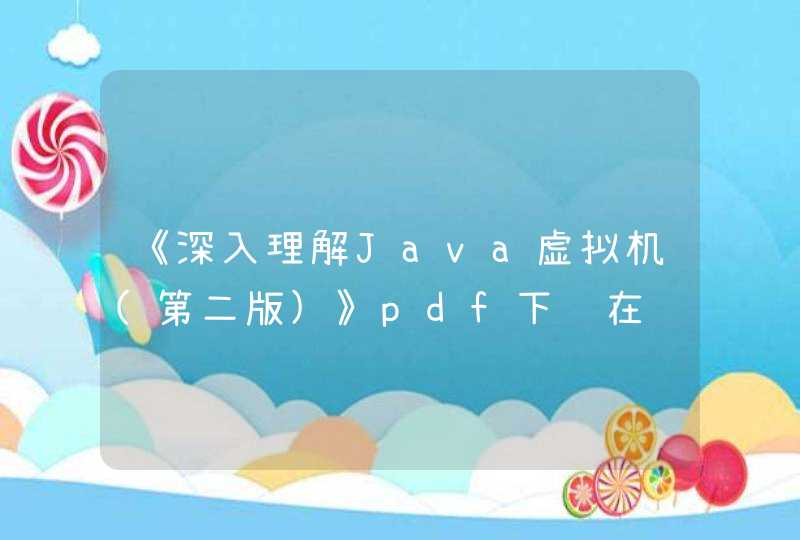










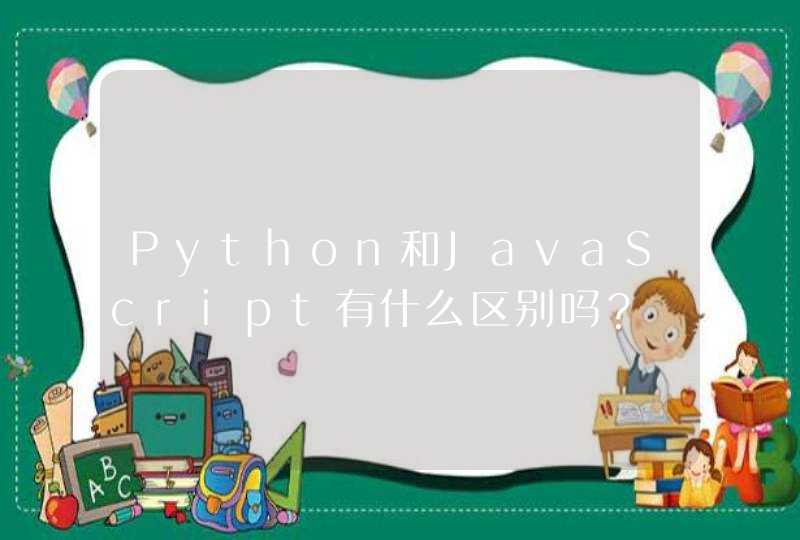























![R和Rstudio终端显示语言的更改[Windows]](/aiimages/R%E5%92%8CRstudio%E7%BB%88%E7%AB%AF%E6%98%BE%E7%A4%BA%E8%AF%AD%E8%A8%80%E7%9A%84%E6%9B%B4%E6%94%B9%5BWindows%5D.png)

